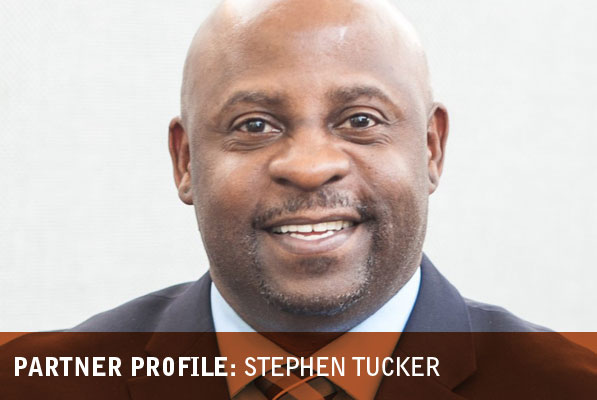In this issue of Insights, we talk with Stephen Tucker, the president and CEO of Northland Workforce Training Center, the centerpiece of Northland Beltline redevelopment project on the East Side of Buffalo. Tucker comes to Buffalo from a similar post in Cincinnati, where he served as assistant executive director of Partners for a Competitive Workforce for four years. Here, Tucker shares his thoughts on the new training center, support from the Buffalo Billion, and moving to Buffalo.
Welcome, Stephen! Can you describe the work that you did in Cincinnati, and how it relates to your work here in Buffalo?
I served as the assistant executive director at an organization called Partners for a Competitive Workforce, which is a workforce intermediary. They focus on meeting business and industry demands by growing the skills of our local labor pool. We worked in fi ve in-demand industry sectors: construction, advanced manufacturing, information technology, supply chain, and healthcare. I led our work in advanced manufacturing and construction. I’ve been working for the last four years, leading and managing an advanced manufacturing sector partnership which prepared me for my new role at Northland Workforce Training Center.
What was your foray into workforce training?
Prior to my role at Partners for a Competitive Workforce, I was the vice-president of workforce development with the Urban League of Greater Cincinnati. There I managed a budget of about $3 million a year, a staff of 16 individuals, and 10 different programs. We trained 600 individuals every year, preparing them for entry into industry. About 75 percent of the folks who went through the Urban League’s programs were placed in employment, earning wages of about $10 to $12 an hour, which generated and added about $7 million annually back into our local economy. So, I’ve been working in workforce development for the last 15 years, working with business industry leaders to make sure that they had a qualifi ed workforce.
What are the challenges associated with workforce development on such a large scale?
We typically work in silos, meaning that you have your business and industry focuses, your workforce development organizations, your education providers, and economic development all working in this space. And none of us are working collectively or collaboratively. In Cincinnati, we adopted what’s called the Collective Impact Model, in which we all work together and make sure that business and industry have a qualified workforce. The key component to that collective impact strategy is that everything we do is business and industry driven and led. Meaning that we start with business and we back into how do we create and provide them with a qualified workforce? That’s pretty uncommon when you look at delivery of workforce development systems.What skills did you return to Insyte with?
It must be wonderful to be working together with the center’s partners here in Buffalo.
Yes, it is. Because they all provide different services in the community, whereas the Buffalo Urban League, they’re heavily connected to inner-city and Buffalo Public Schools. Catholic Charities is represented throughout Erie and Niagara Counties, and Goodwill Industries, who are known for their effective placement of hard-to-serve individuals in employment opportunities. So, you have those three successful nonprofit organizations who’ve been around more than 100 years providing services, partnering with the Business and Industry associations, like the Buffalo Niagara Manufacturing Alliance, to make sure that we are including the voice of business and industry to make sure we’re meeting their needs.
You’ve been here for a few months. How has your introduction to Buffalo been?
Everybody has been very welcoming, very inviting, very supportive of me, very supportive of Northland Workforce Training Center, and excited to help participate in the plan.

